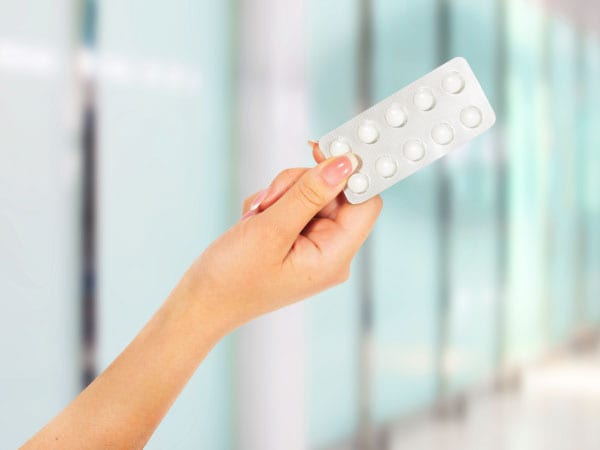Delivery Systems
Inhalational Delivery
Medications are administered through inhalation for patients to inhale into their airways.
- Allow for application of medicine to airways, ideal for asthma,COPD and other respiratory disease.
- Reduces dosage to once a week
- Relatively easy to use with proper instructions.
- Medication gets to where the problem is.
- Reduces the toxicity of your drug
- Sustained release
- Option for drugs with low safety profile


Intravenous Delivery
Intravenous delivery (IV) is a therapy that delivers liquid substances directly into a vein. The intravenous route of administration can be used for injections with a syringe at higher pressures or infusions typically using only the pressure supplied by gravity.
- Reduces dosage to once a week
- Reduces the toxicity of your drug
- Sustained release
- Option for drugs with low safety profile
Intranasal Delivery
Intranasal delivery is a route of administration in which drugs are insufflated through the nose. It can be a form of either topical administration or systemic administration, as the drugs thus locally delivered can go on to have either purely local or systemic effects.
- Reduces dosage to once a week
- Reduces the toxicity of your drug
- Sustained release
- Option for drugs with low safety profile
- Steroids for treating allergies
- Antibiotics to treating sinus infections
- Eliminates the need for systemic delivery


Sublingual Delivery
Sublingual (abbreviated SL), from the Latin for “under the tongue”, refers to the pharmacological route of administration by which substances diffuse into the blood through tissues under the tongue. Many drugs are designed for sublingual administration, including cardiovascular drugs, steroids, barbiturates, benzodiazepines, opioid analgesics, enzymes and, increasingly, vitamins and minerals.
- The drug gets into your system more quickly.
- Avoids decreased efficacy from digestion.
- Sublingually administered tablets achieve better bioavailability.
- Rapid onset of action and better dissolution properties due to fast disintegration.
- Sublingually delivered medicine is usually more potent, and (in general terms) needs less medication to do the job it’s intended to do.
- Reduces dosage to once a week
- Reduces the toxicity of your drug
- Sustained release
- Option for drugs with low safety profile
Subcutaneous Delivery
A subcutaneous delivery is an injection that is administered as a bolus into the layer of skin directly below the dermis and epidermis, collectively referred to as the cutis. Subcutaneous injections are highly effective in administering vaccines and medications such as insulin, morphine, diacetylmorphine and goserelin.
- Can be administered reliably and safely outside a physician’s office.
- Good absorption, especially for drugs with a low oral bioavailability.
- Onset is more rapid than oral.
- Depending on formulation, can have very long duration of action.
- Dependable and reproducible effects.
- Reduces dosage to once a week
- Reduces the toxicity of your drug
- Sustained release
- Option for drugs with low safety profile


Oral Delivery
Oral delivery is a route of administration where a substance is taken through the mouth. Many medications are taken orally because they are intended to have a systemic effect, reaching different parts of the body via the bloodstream, for example.
- Non-invasive and easy-to-handle administration of drugs.
- The appearance, taste and formulation of oral drug-delivery methods have evolved to meet patient requirements.
- Oral drug delivery is the most preferred drug administration route due to convenience, cost-effectiveness, and high patient compliance.
- Can be designed for controlled release.
- Reduces dosage to once a week
- Reduces the toxicity of your drug
- Sustained release
- Option for drugs with low safety profile
